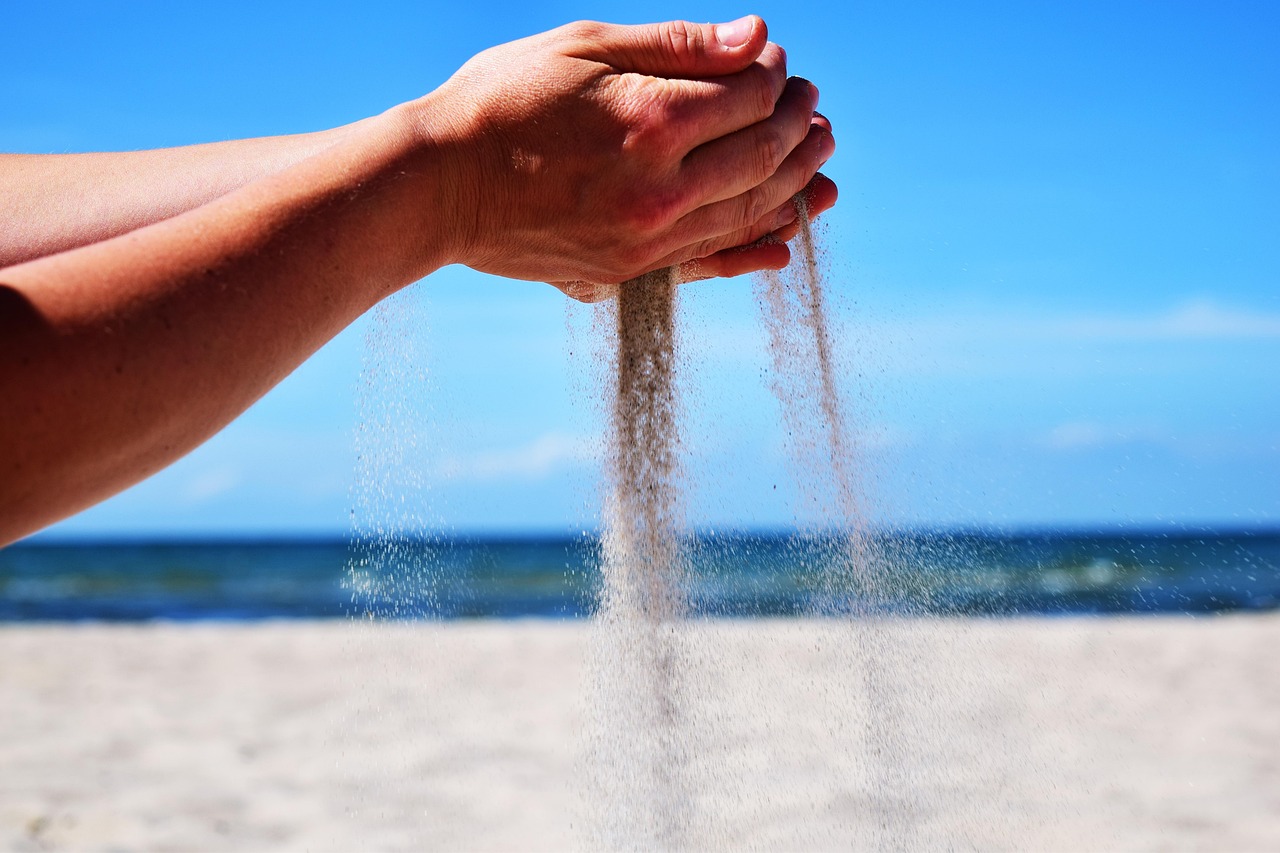Sand in a dry Japanese garden is used in place of water, in most small gardens there isn’t enough room for a decent size water feature so, when creating your Zen Garden, it is quite acceptable and indeed very pleasing to use either sand or gravel. Sand may also be easier for the average gardener to handle and work with, as gravel is much heavier. But whatever you chose to work with make sure that the ground is level and covered with a weed restrictor before attempting to lay the sand. There are several different types of membrane you can purchase, and once weeds are starved of light it usually takes years before they can start growing again. Once your sand or gravel has been laid, you need to go over it with the flat side of a rake or suchlike, in order to smooth it out. When you are happy with your flat sand, then the exciting and artistic time comes when you can use the prongs of your rake to make simulated waves. It’s usually best to start around your major stone or stones and gradually work out in order to avoid making ‘footprints in the sand’. It might be a good idea to practice on one part of the sand or gravel, so that you can work out first, how to make waves, and what type of waves you like, some of the waves should be undulating but not too much as that can appear disturbing. If you make a mistake or don’t like what you have done, that small area can be raked flat, and you can have another go. Keep practicing until you are happy with your work then you can proceed to rake all your sand, making sure to start around your major stones. At any time, the sand can be raked flat, and rippling can be done again. Have fun…

Leave a Reply